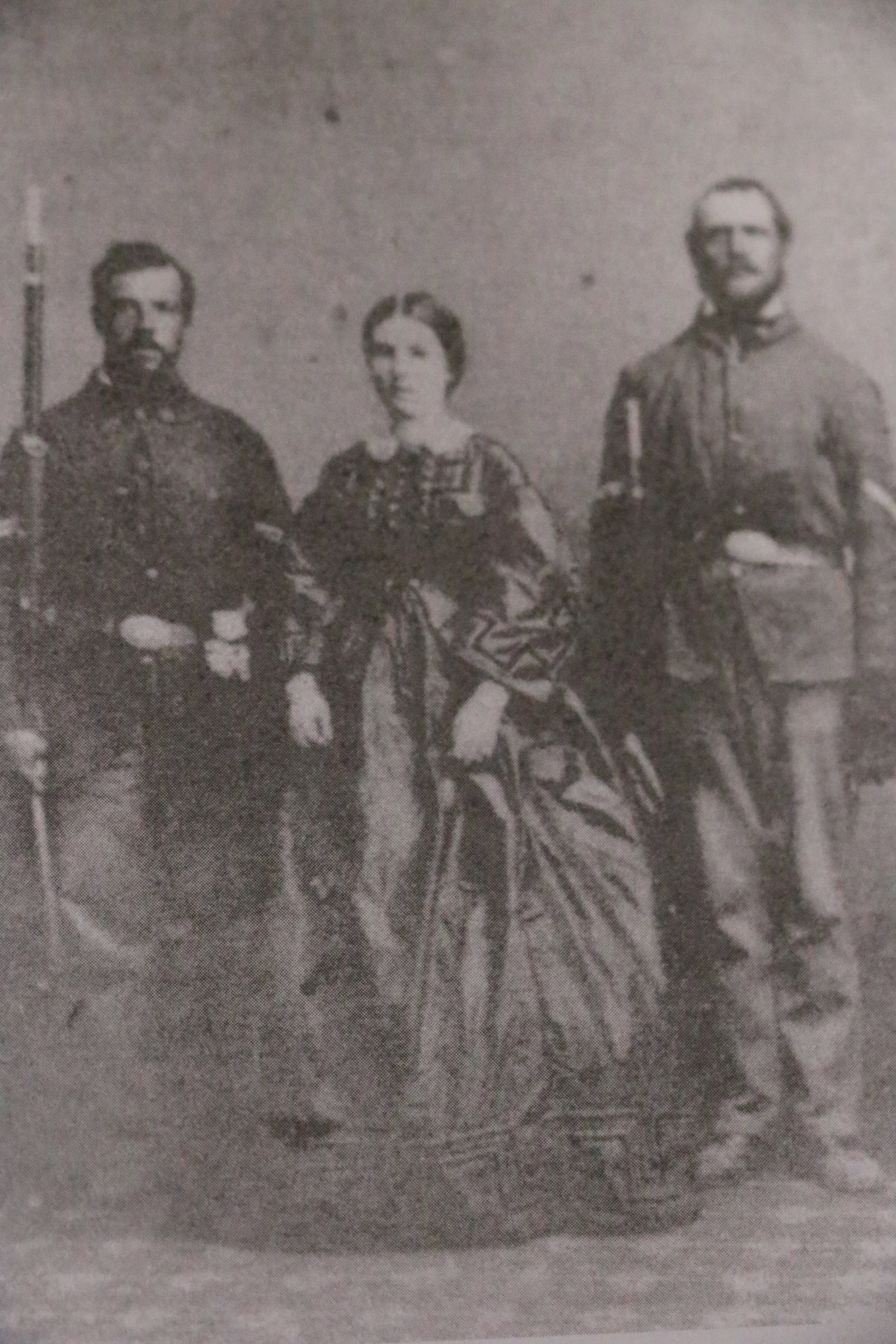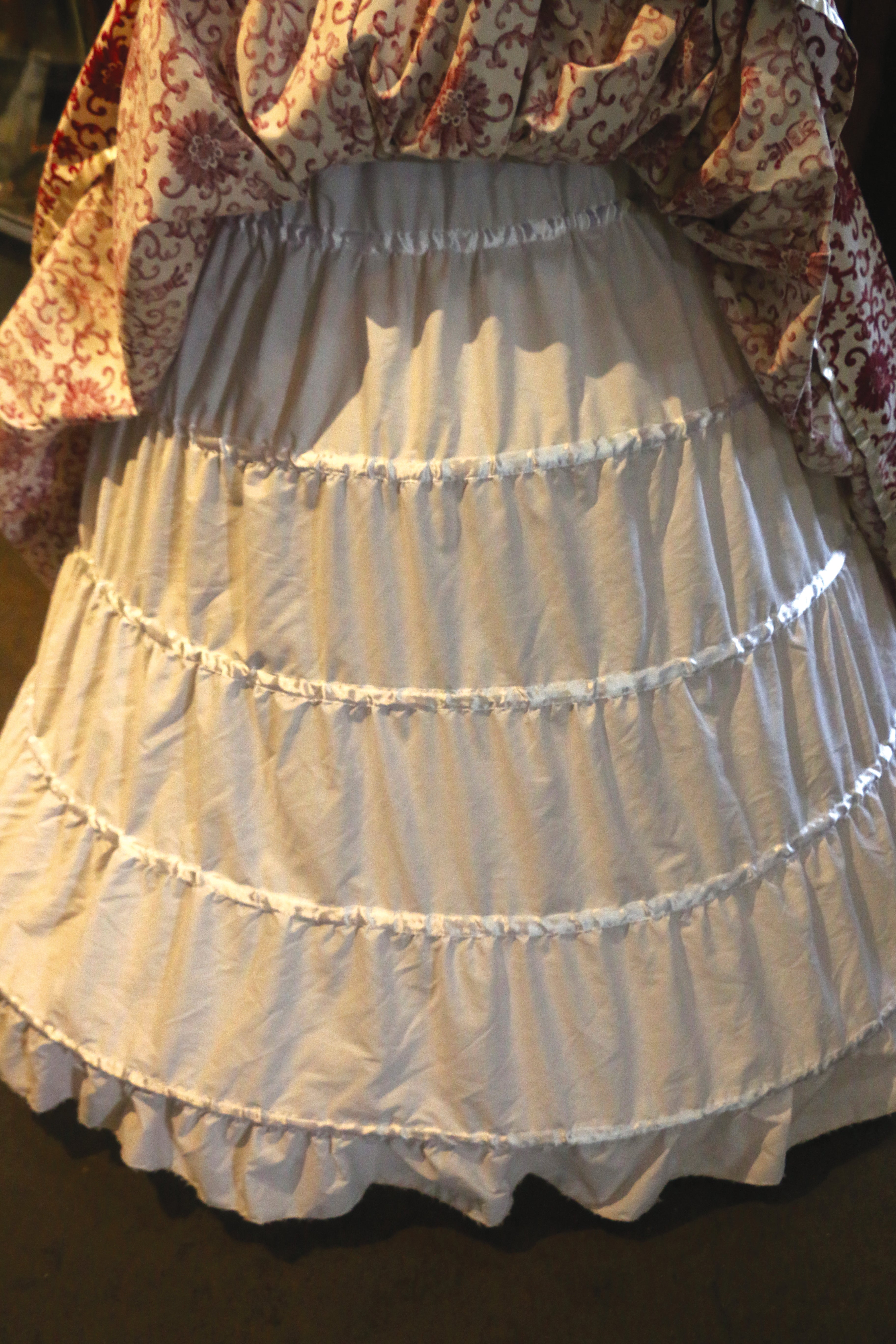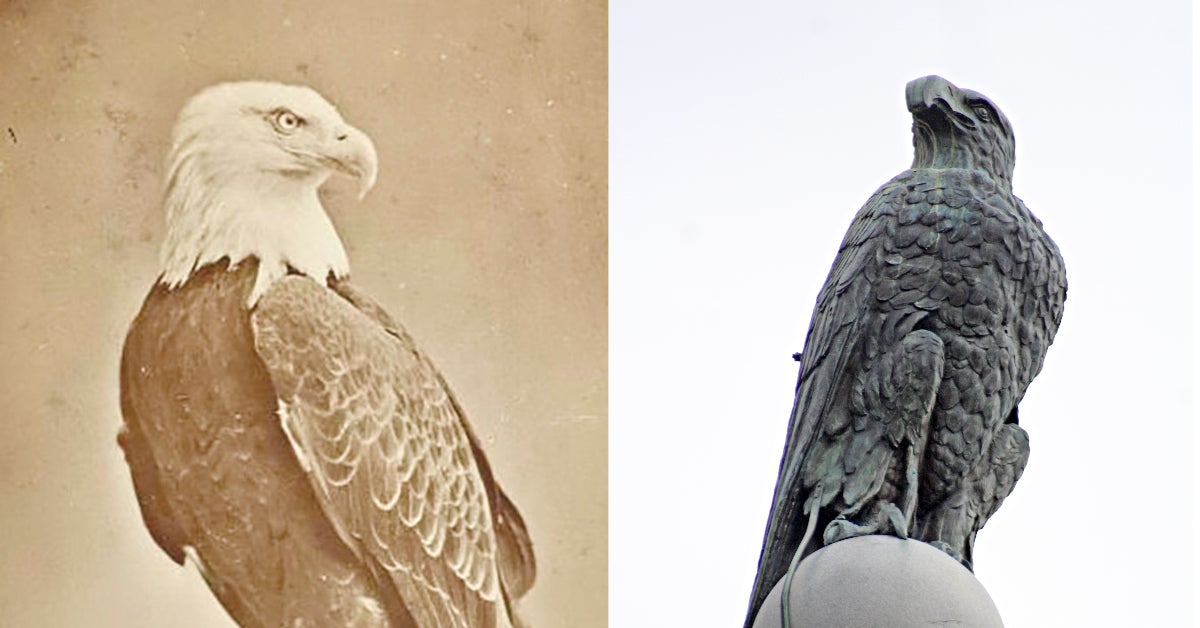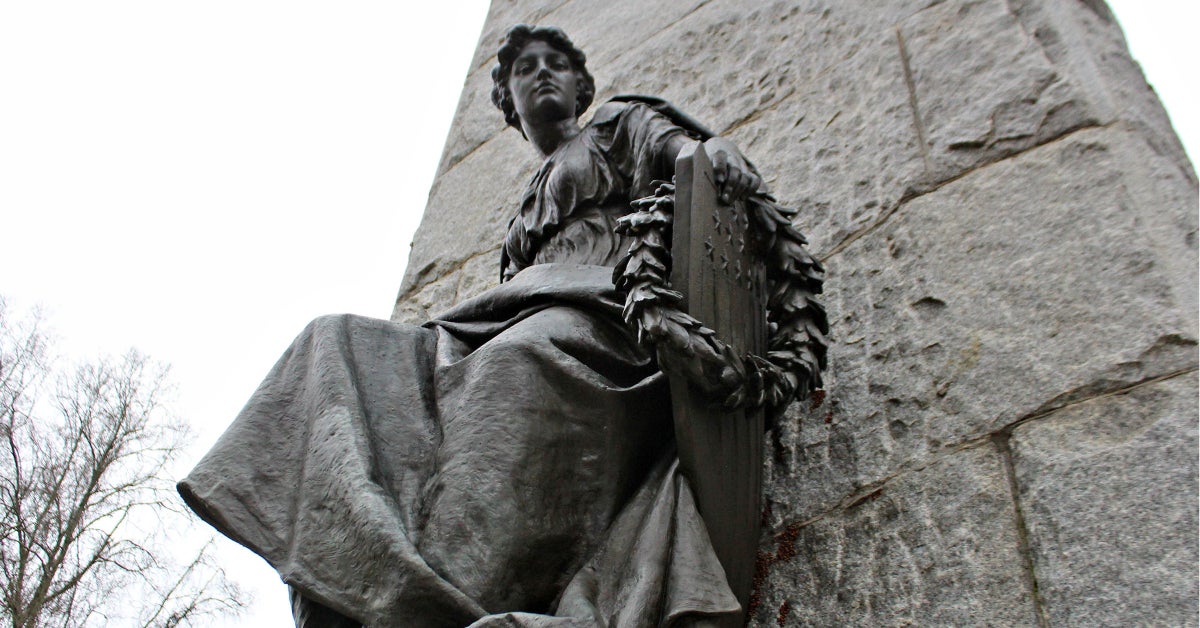Emma Kline and the Spies among us
Published 9:28 pm Tuesday, January 31, 2023
Unbeknownst to many a Union soldier, there were spies among them — women spies.
Perhaps the guile of these women went unnoticed due to the notion a “lady” would never behave in such a fashion. Or maybe these soldiers were just unaware of their capabilities. One of these female spies was Vicksburg resident Emma Kline.
Kline’s actions came following the surrender of Vicksburg on July 4, 1863. Described as “hostile in spirit” by Vicksburg native and author Jeff Giambrone, Kline was among a group of women who smuggled much-needed supplies out of Vicksburg into an area east of the Big Black River, which was still held by the Confederacy.
In doing so, she was arrested for smuggling by Alonzo L. Brown, captain of Company E, 50th U.S. Colored Infantry.
Brown’s account of the incident as published in The Vicksburg Herald on April 16, 1908, stated, “Capt. Brown said that as Kline and a friend approached his post to leave the city, ‘The writer could hardly repress a smile as he noticed their distended skirts. He informed Miss Kline that he had received instructions not to allow her to go through the lines, but to send them back to the city under guard.’”
Kline was imprisoned, but before she was sent to jail, a photograph was taken in 1864 of the 20-year-old in which she is standing between two guards from the 5th Iowa Infantry.
Kline died in 1878, shortly after the birth of her daughter and namesake, Emma Lane. The cause of her death may have been complications from childbirth or a Yellow Fever epidemic that scourged Vicksburg in 1878. She is buried in Asbury Cemetery, located just south of Vicksburg.
“HOOP-SKIRT SMUGGLER”
Kline was referred to as a “hoop-skirt smuggler,” because ladies’ clothing of the era included crinoline, which was a rigid, cage-like structure worn under skirts that, at the height of its popularity, could reach a diameter of six feet.
Historians say female spies of the time capitalized on the “cumbersome and cavernous garments” by using them to hide all kinds of loot.
It has even been said that one woman “managed to conceal inside her hoop skirt a roll of army cloth, several pairs of cavalry boots, a roll of crimson flannel, packages of gilt braid and sewing silk, cans of preserved meats and a bag of coffee,” one expert on the era wrote.
Now, that’s a lot to stuff up a skirt.








